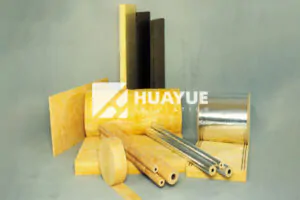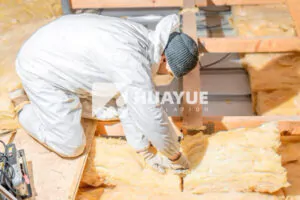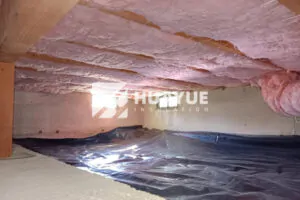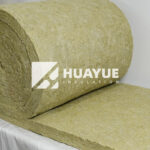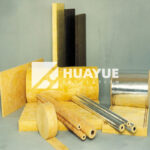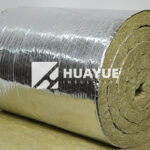What is glass wool used for?
Glass wool solves problems in thermal, acoustic, and fire insulation, helping industries meet safety standards while saving energy costs.
Glass wool is widely used in building and industrial sectors for thermal insulation, acoustic control, and fireproofing. It is chosen for its non-combustible nature, light weight, and long-term performance.
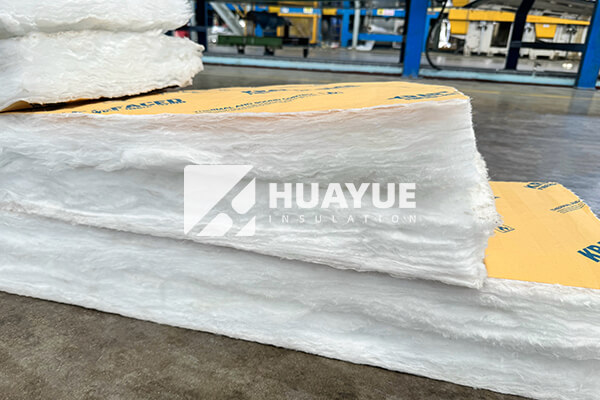
When I first explored insulation options for my plant, the range of applications for glass wool really caught my attention. It acts as a solution to several pressing issues at once, pulling together savings, safety, and sustainability. Glass wool does more than just insulate. It helps ensure facility reliability and cost control. I kept reading because each benefit set glass wool apart from the alternatives.
Thermal Insulation: How does glass wool deliver thermal insulation?
When I was struggling with energy loss in tank systems, glass wool came up as a frontrunner. The promise of lower energy bills and a safer environment was hard to ignore.
Glass wool is prized for its extremely low thermal conductivity, minimizing heat transfer between surfaces. This increases system efficiency, reducing energy loss in both residential and industrial settings.
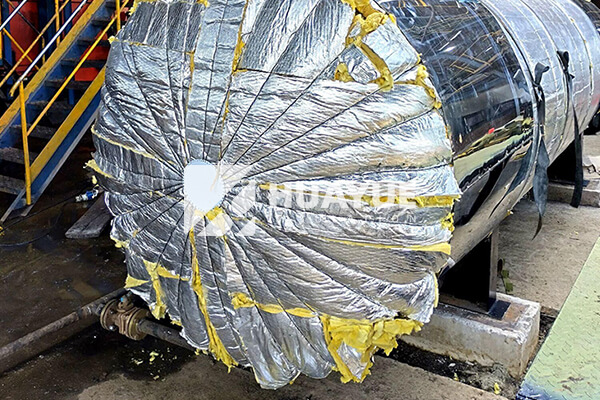
Glass wool’s structure, made up of interwoven fine glass fibers, traps air pockets that act as thermal barriers. In my experience upgrading tank insulation, the performance difference became obvious. The material held up against fierce winters, protecting stored chemicals from temperature swings. It is light yet holds its form, making installation easier even on large surfaces. I found it works for pipes, walls, and huge cryogenic tanks. Here is a quick table highlighting the key thermal insulation features:
| Feature | Why It Matters | My Experience |
|---|---|---|
| Low thermal conductivity | Cuts energy costs | Noticeable savings |
| Lightweight | Simple installation | Quick project turnaround |
| Non-combustible | Fire safety boost | Easier compliance |
| Durable structure | Long lifespan | Fewer maintenance calls |
For me, using glass wool meant meeting strict regulations while reducing heating and cooling expenses.
Acoustic Insulation: Can glass wool help control sound?
Managing noise is always a challenge, especially with heavy machinery running around the clock. Glass wool promised quieter workspaces and more comfort for those on site.
Glass wool’s fibrous texture absorbs sound waves, reducing noise transmission through walls, roofs, and ductwork. It is especially effective in industrial settings, offices, and homes where noise control matters.
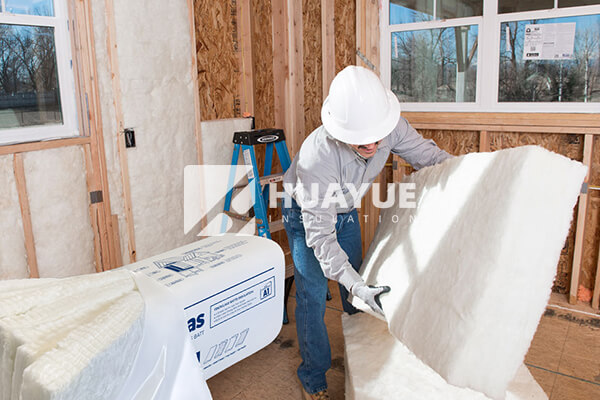
I learned that glass wool’s performance is linked to its open, porous structure. It traps and dissipates sound energy efficiently. In our plant, we lined mechanical rooms and HVAC ducts with glass wool panels. The difference in noise levels was immediate. Teams could communicate clearly, and safety signals became easier to hear. Acoustic insulation isn’t just about comfort. It keeps machinery noise from spilling over to sensitive areas. Here’s what sets glass wool apart for sound control:
| Acoustic Property | Benefit | Real-World Impact |
|---|---|---|
| High sound absorption | Reduces echoes | Less workplace distraction |
| Multi-density options | Fit for varied spaces | Custom solutions |
| Easy installation | Quick noise upgrades | Little downtime |
Trusting glass wool for sound insulation added real value for day-to-day plant operations.
Fireproofing: Does glass wool enhance fire safety?
Ensuring fire safety is a top priority, especially when working with chemical tanks. I needed insulation that wouldn’t burn or add to fire risks.
Glass wool is non-combustible and has high melting point properties. It acts as a fire barrier, protecting buildings and industrial equipment from the spread of flames and toxic smoke.
Glass wool’s safety record stems from how it is made—glass fibers simply do not burn under normal conditions. In my plant upgrade projects, regulatory compliance was a constant challenge. Glass wool made passing fire protection audits simpler. Emergency plans rely on materials that will not worsen a fire event. Here’s how glass wool stands apart:
| Fire Safety Feature | Practical Benefit | Field Result |
|---|---|---|
| Non-combustible | Stops flame spread | Peace of mind for crew |
| High melting point | Handles extreme heat | No extra fire hazards |
| No toxic smoke emissions | Safer evacuation | Meets strict standards |
I found that investing in glass wool was a safety decision that protected people and assets.
Industrial uses: Is glass wool suitable for HVAC and tank applications?
Our facility depends on efficient heating and cooling. Finding insulation that works in complex shapes and meets regulations was a regular need.
Glass wool excels in industrial uses like HVAC duct liners, pipe insulation, and cryogenic tank coverings. Its flexibility and resistance to moisture make it ideal for challenging applications.
Industrial environments are tough on materials. Pipes sweat, ductwork vibrates, tanks face constant temperature cycles. Glass wool proved tough enough for all these conditions. During upgrades, I noticed glass wool fit snugly around oddly shaped pipes and large tanks. It resisted mold and corrosion, and did not falter in damp conditions. Here is a breakdown of why glass wool fits the bill for industrial systems:
| Application | Glass Wool Benefit | My Project Experience |
|---|---|---|
| HVAC ducts | Reduces heat & noise loss | More controlled climate |
| Pipe insulation | Resists moisture, easy fit | No leaks, less downtime |
| Cryogenic tanks | Stable at extreme temps | Reliable tank safety |
Glass wool’s versatility kept our facility running efficiently and safely.
Durable and resistant: What keeps glass wool performing for years?
Long-term tank reliability means using insulation that lasts. Maintenance shutdowns are expensive. I wanted a solution that stays effective for decades.
Glass wool maintains structural integrity over time, resists moisture, and does not promote corrosion or microbial growth. It is designed for long-term performance even under harsh industrial conditions.
Durability comes from the glass fibers themselves—they do not rot or absorb water, which is critical for tanks and HVAC systems. In my experience, glass wool insulation did not need frequent replacement or repairs. It remained effective despite exposure to humidity and chemical vapors. Protective coatings and reinforced panels made the solution even stronger. Here is a look at durability features:
| Resistance Feature | Value Add | My Outcome |
|---|---|---|
| Moisture resistance | No CUI problems | Lower maintenance cost |
| Corrosion-proof | Safe in chemical tanks | Longer equipment life |
| Mold/mildew resistance | Healthier environments | Fewer remediation needs |
With glass wool, our tanks stayed efficient and compliant without constant replacement worries.
Conclusion
Glass wool is used for thermal, acoustic, and fire insulation in buildings and industry. It delivers long-lasting safety, savings, and reliable performance.
You may also be interested in:
Ready to Get Started?
Get in touch with our experts for personalized solutions tailored to your needs.
Get Free QuoteLatest Articles

What is Glass Wool Used For?
Dec 3, 2025
Let's Work Together
Ready to take your business to the next level? Get in touch with our team of experts and let's discuss how we can help you achieve your goals.
Get Free Solutions
